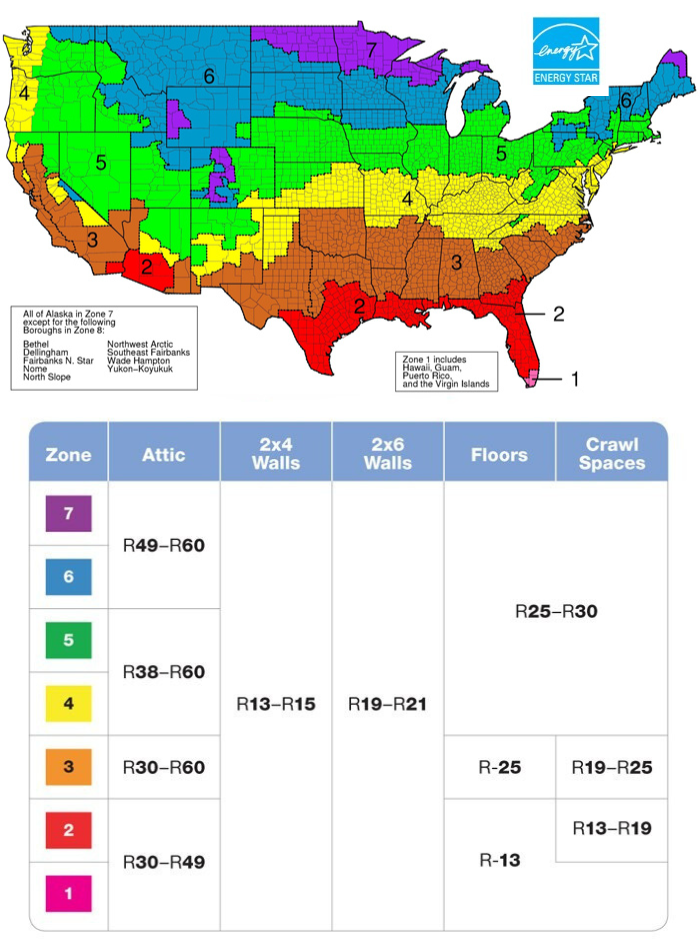If your current insulation is only 5 inches deep you ll need to add seven inches of insulation to achieve the 12 inch r 38 rating.
Roof insulation ratings.
As a benchmark one inch of solid wood has an r value of 1.
The higher the r value the better the thermal performance of the insulation.
R value is a measure of insulation s ability to resist heat traveling through it.
While there are additional considerations such as venting and moisture problems to take into account when you insulate under floors the united states department of energy recommends an r 25 rating in cold climates and an r 11 in warmer parts of the country.
The greater the r value the greater the resistance to heat transfer and the greater the insulating effect and subsequent energy savings.
The table below shows what levels of insulation are cost effective for different climates and locations in the home.
Measure the area needing insulation.
Calculate additional insulation needed.
Insulation ratings are measured in r values per inch of thickness.
The r value per inch for different types of insulation varies depending on the.
Along with knowing the r value of a particular insulation it is also important to calculate the r value of a total system.
Typically a higher insulation r rating means better climate control and better.
A recent mckinsey co.
An r value tells you how well a type of insulation can keep heat from leaving or entering your home.
The r value is a measure of the insulation batt s resistance to heat flow also known as thermal resistance.
Improved insulation is a good step toward improving building efficiency particularly since the atlanta based american society of heating refrigerating and air conditioning engineers ashrae increased minimum roof insulation levels in 2007 in its standard 90 1 the first increase in 18 years and if that isn t enough to spur someone into action.
Typical recommendations for exterior walls are r 13 to r 23 while r 30 r 38 and r 49 are common for ceilings and attic spaces.
Insulation r values vary based on the type thickness and density of the insulation material.
If you think you re among the 90 of us homes that are under insulated 1 performing a simple insulation inspection will help you determine your insulation needs.
R 38 is the industry standard and the minimum thickness for r 38 is 12 inches.
In comparison an inch of blown fiberglass insulation has an r value of 3 1 3 4 and an inch of blown cellulose in an attic has an r value of 3 2 3 7.
See the department of energy s doe ranges for recommended levels of insulation below.

